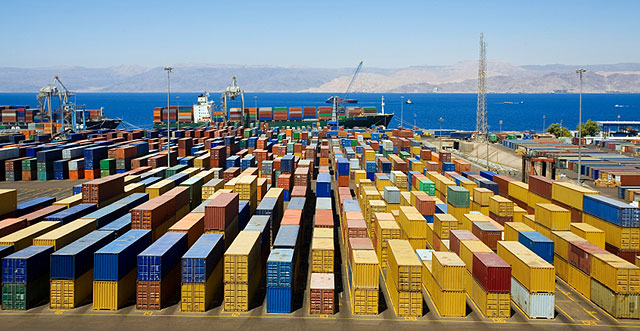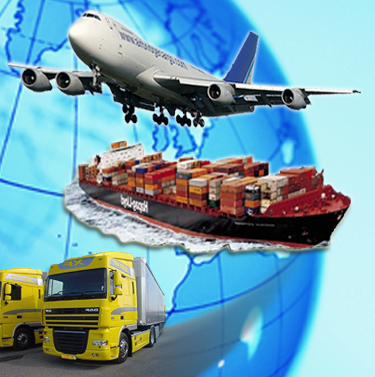Difference Between Tariff Barriers and Non Tariff Barriers

Tariff barriers and non tariff barriers are economic barriers that allow or restrict countries to export goods into another country. In order to expand economy and growth, countries and individual exporters export goods to other countries, which is good for both the exporting and importing country. But when it comes to the quantity of the goods to be imported in a country, tariff barriers and non tariff barriers come into play and cause countries to make their export/import policies according to them.
The difference between tariff barriers and non tariff barriers is that the former is imposed to control the quantity of import into a country and the latter does the same by imposing non-monetary requirements on importers.
In simple terms, tariff barriers require importers to pay heavy charges for their imports as it encourages domestic producers, manufacturers and traders, helping them to compete importers who rely on foreign goods. On the other hand, non-tariff barrier are requirements designed to limit import by introducing several systems and policies that eventually discourage importers who import goods at cheaper rates and hurt local trade.
Instructions
-
1
Tariff barriers
Tariff barriers are fees charged by government on the import of foreign goods. Tariffs are introduced to spur local trade and production, which otherwise can be marginalized by foreign goods. When a government imposes tariff barriers, it actually requires the importers to pay money for every consignment. The money is intended to keep the level of import at a reasonable level. If there is tariff barrier in a country, the markets of that country may get filled with foreign goods, which will hurt local businesses and producers.
There are merits and demerits of tariff barriers and economic experts have written extensively on the use of trade barriers for improvement of local economy. Tariffs barriers may hurt import, which can sometimes be beneficial for the country. But most of the times, trade barriers are imposed if there is intense competition between local producers and foreign ones.
Image courtesy: enterprisehub.com
-
2
Non tariff barriers
Non tariff barriers are also trade barriers designed to restrict import and boost local business, but they are implemented differently from tariff barriers. Tariff barriers are simply charges and fees, while non tariff barriers are requirements (in the form of regulations and rules) that restrict import.
Some of the common non tariff barriers are countervailing duties, anti-dumping measures, import licensing requirements, minimum import price limits, embargoes, proportions restriction of foreign to domestic goods, traffic classifications, valuation systems, documentation requirements, standards like packaging, labeling, and marking, export subsidies, domestic assistance programs.
The non-tariff barriers mentioned above work the same as tariff barriers, i.e. boost local trade and limit the quantity of import goods.
Image courtesy: theeastafrican.co.ke

